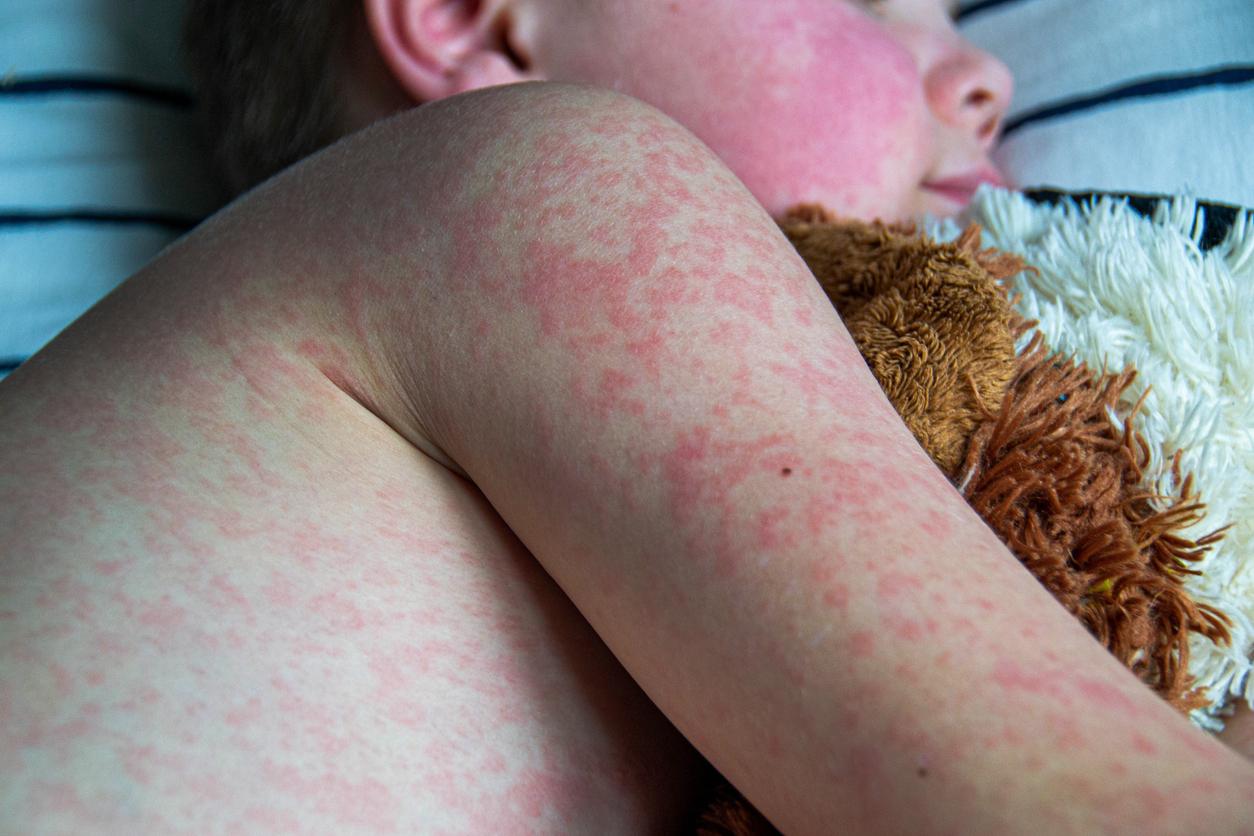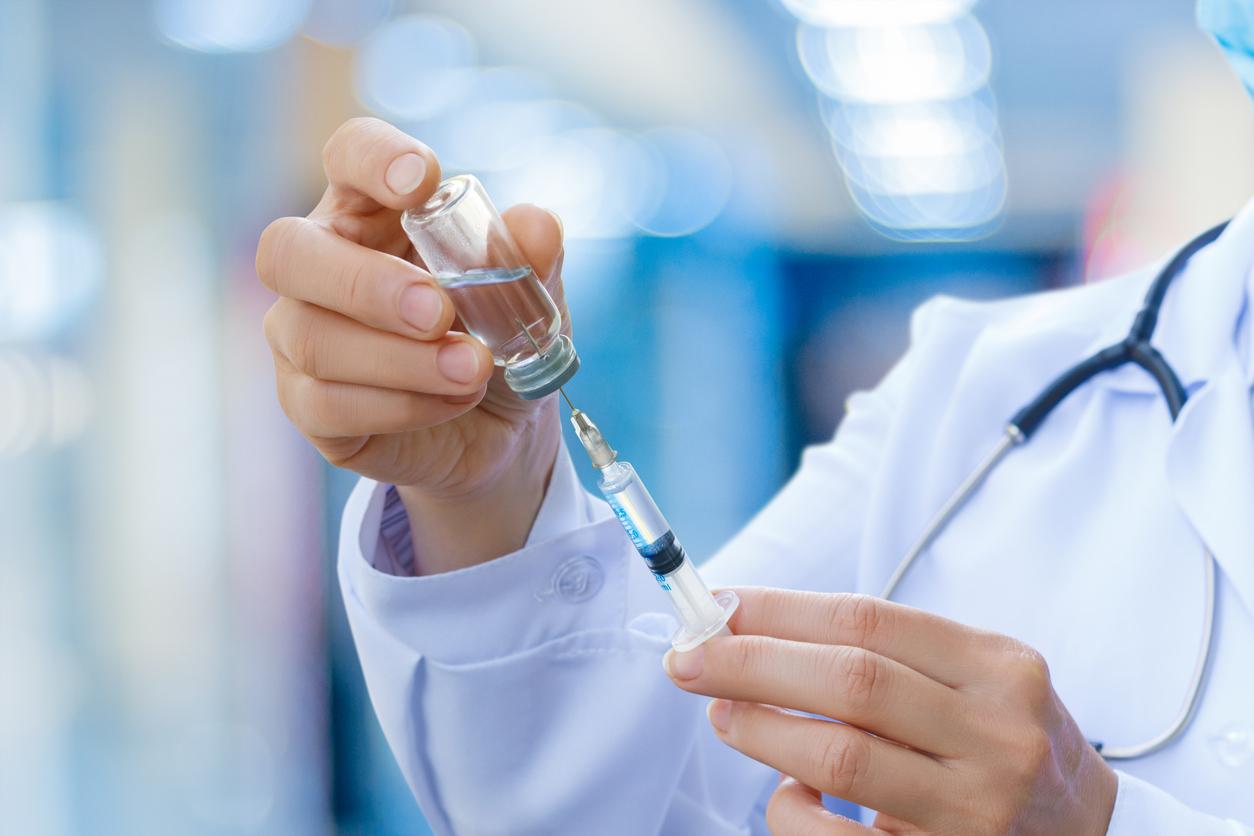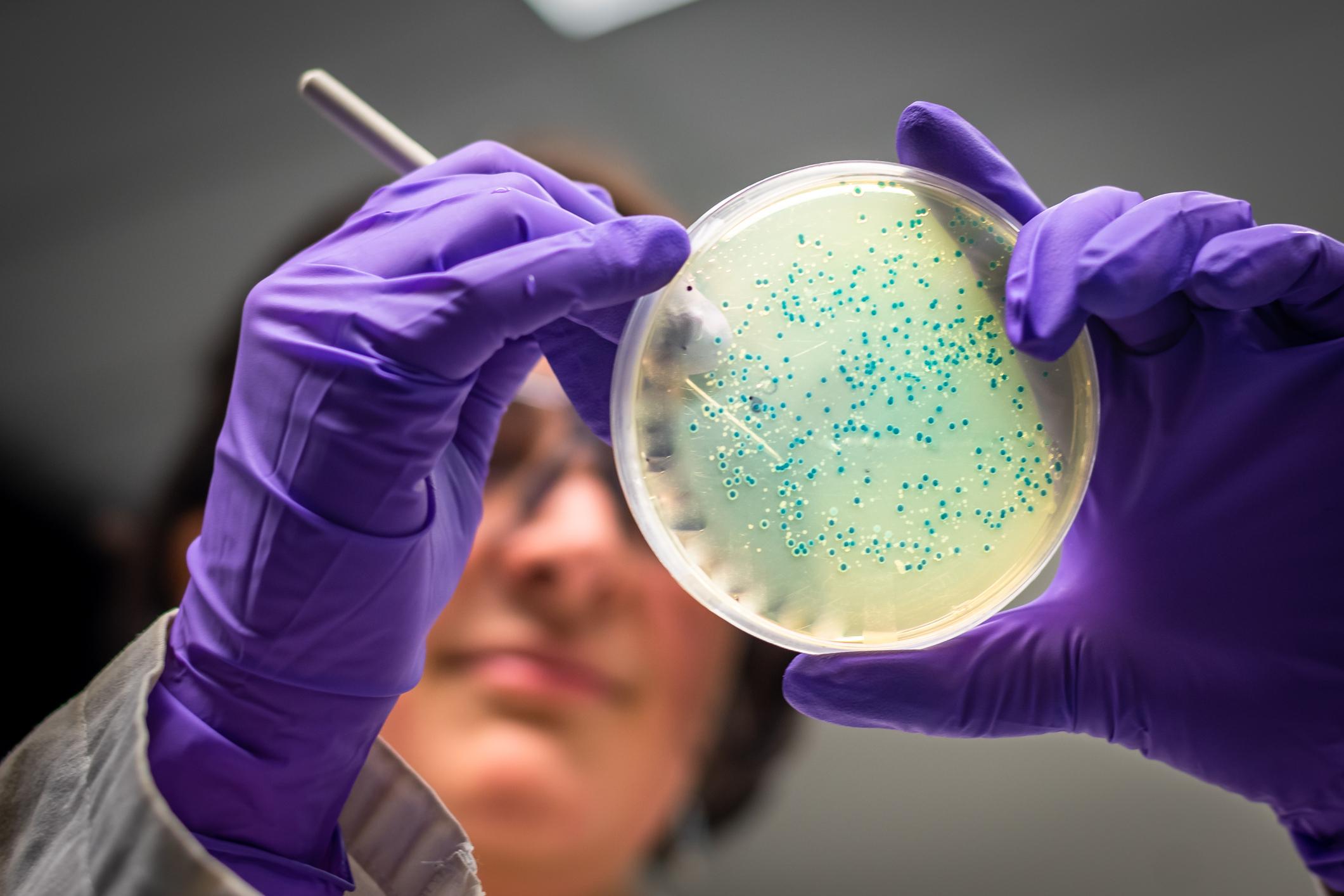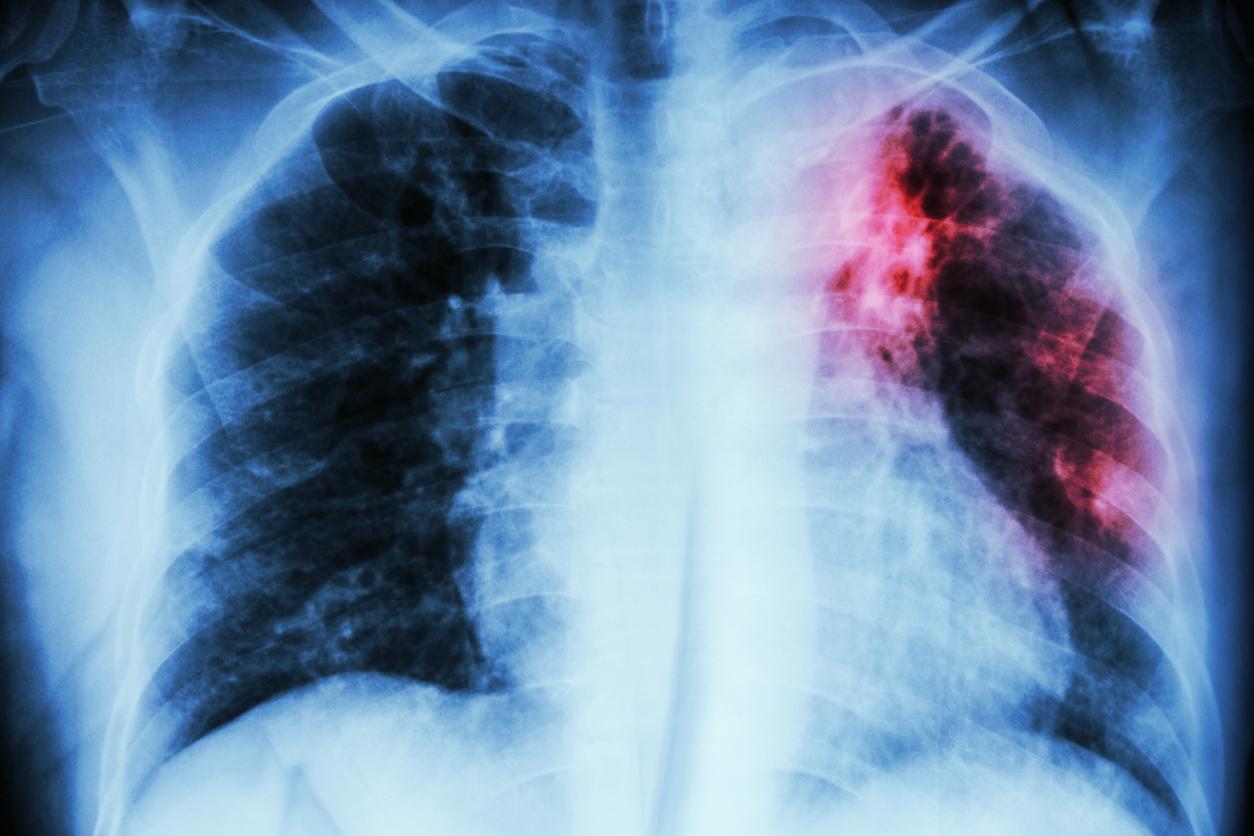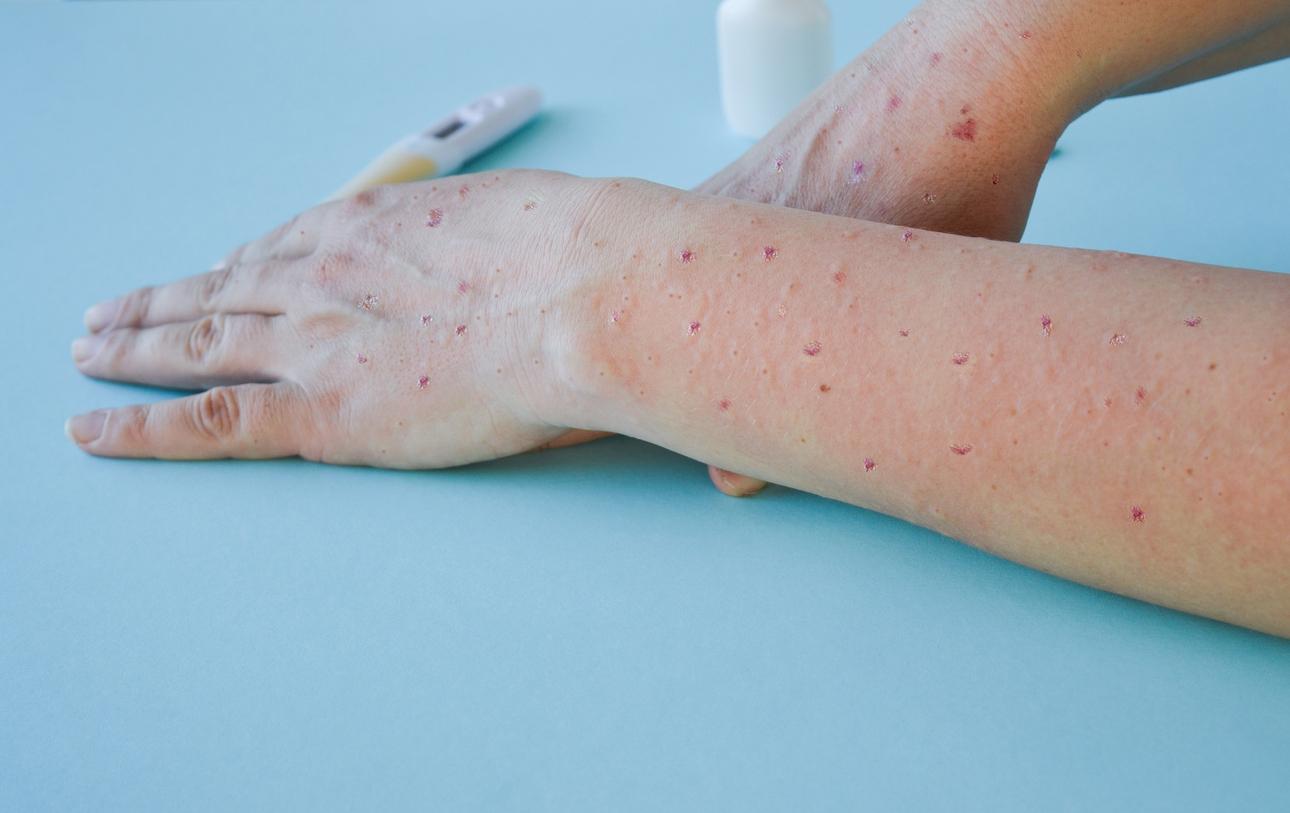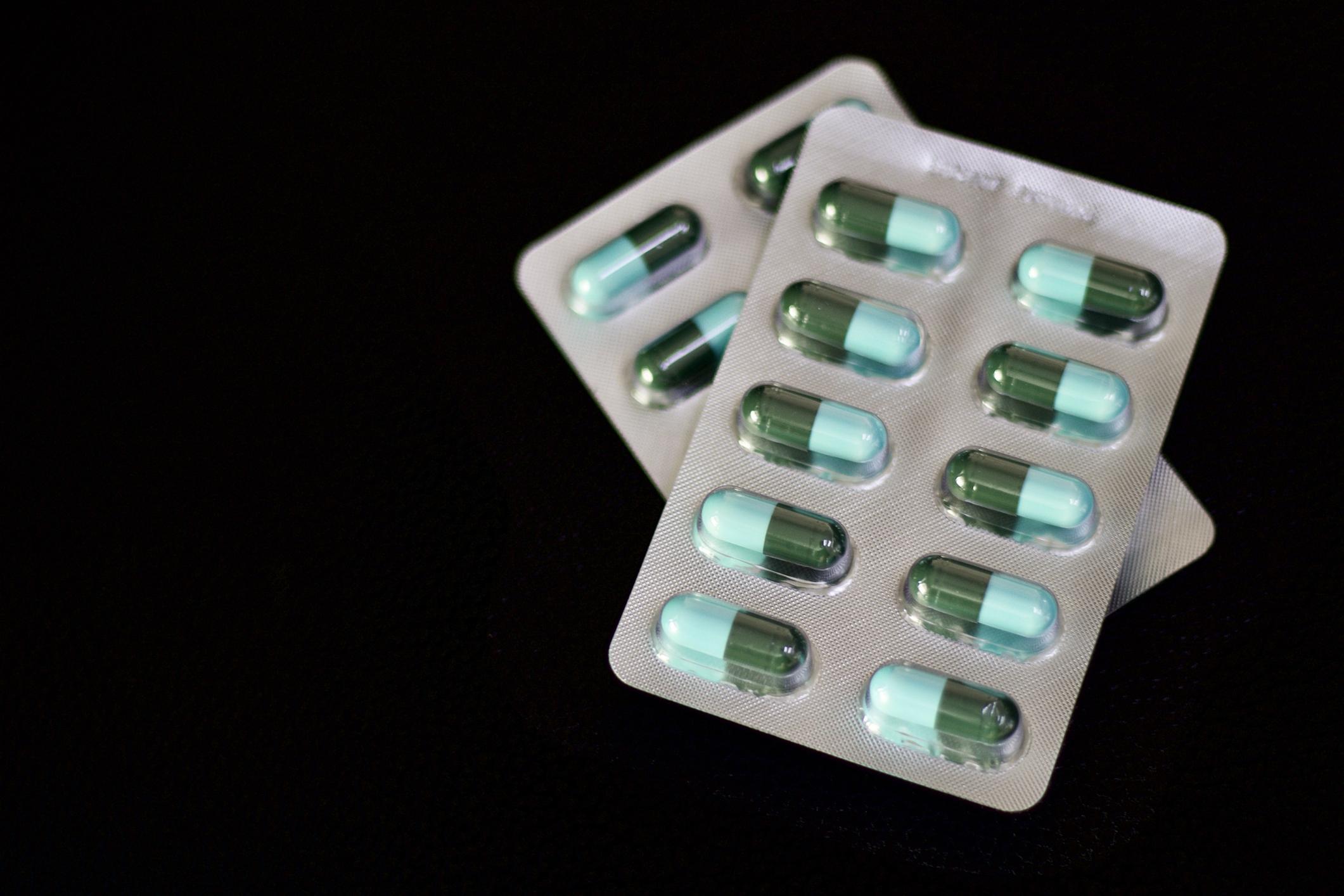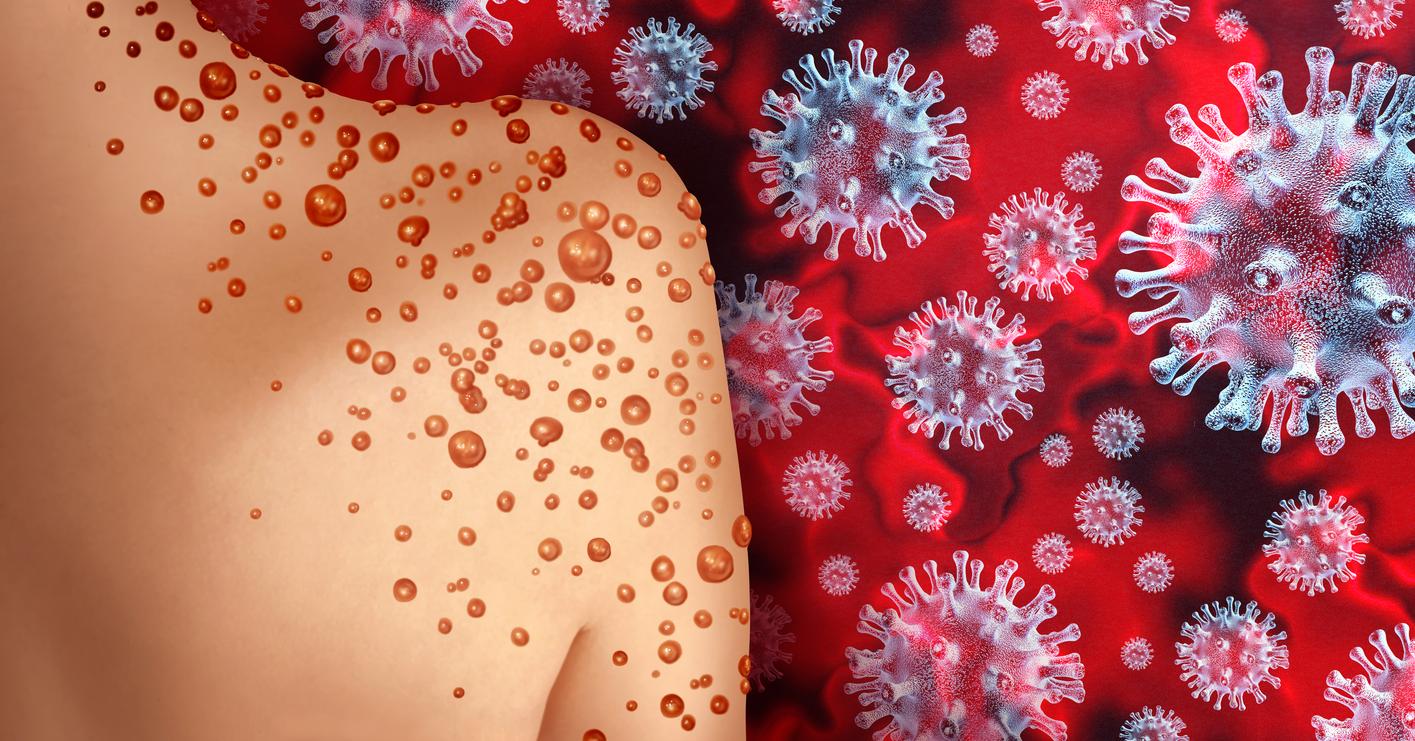The World Health Organization (WHO) warns of the health repercussions linked to an increase in antibiotic prescriptions to relieve covid patients.
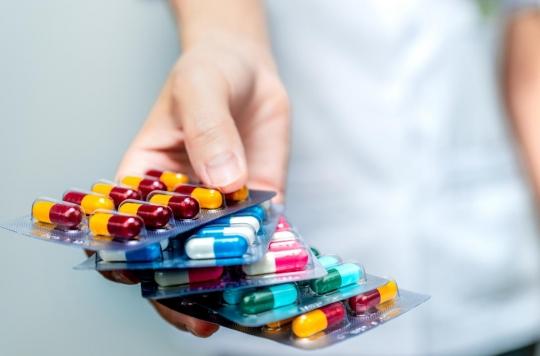
- During confinement, antibiotic prescriptions increased in an attempt to relieve Covid patients
- This overconsumption of antibiotics leads to resistance in several bacterial pathologies
- In France, the consumption of antibiotics has fallen since 2008 but is still too high
In addition to the health and socio-economic damage that the new coronavirus has already caused on a global scale, it could also intensify the process of antibiotic resistance, a major public health problem.
For several months, in the absence of effective treatment, doctors have been trying everything they can to soothe the symptoms of Covid patients, even if it means increasing antibiotic prescriptions. However, as we now know, “antibiotics are not automatic” and our overconsumption makes bacteria and viruses more resistant. Antibiotics, which used to be ultra-effective since they helped eliminate many bacterial diseases such as tuberculosis, leprosy or even typhus, are less and less efficient.
The boomerang effect
Six months after the start of the pandemic, the World Health Organization (WHO) fears the repercussions linked to this over-prescription of antibiotics. At a press briefing on 1er JuneTedros Adhanom Ghebreyesus, Director General of WHO, confirmed that “the Covid-19 pandemic has led to greater use of antibiotics”whereas only patients who developed forms of infection really needed it. He also mentioned the “worrying number” infectious pathologies becoming resistant to the drugs usually used to treat them.
“The Covid-19 pandemic has led to an increase in the use of antibiotics, which will eventually lead to higher antibiotic resistance, which will influence the treatment of diseases and the number of deaths, during the pandemic and beyond”warned the director of the WHO.
Antibiotic resistance, an old phenomenon
As explained by government“bacteria exposed to antibiotics evolve and develop defense mechanisms that allow them to escape their action”. Antibiotic resistance is not a new phenomenon sinceince the discovery of penicillin in the 19th century, “each new generation of antibiotics has seen the emergence of corresponding resistance mechanisms. The first resistance to penicillin appeared in 1940. The first multi-resistance bacteria (BMR) appeared in the 1970s, while highly resistant bacteria (BHRe) appeared in the 2000s”. Nevertheless, new resistances are multiplying today and oblige doctors to prescribe stronger treatments, when they exist. When this is not the case, we then speak of a “therapeutic impasse”.
Antibiotic consumption in France
Already in 2015, the former Minister of Health, Marisol Touraine, ordered a report on bacterial resistance to antibiotics to doctors Jean Carlet and Pierre Le Coz. Title Together let’s save antibioticsthe document stated that in France, “each year, more than 150,000 patients develop an infection linked to a multi-resistant bacterium, and more than 12,500 people die from it”. At that time, France was spending “between 71 million (compared to the European average) and 441 million euros (compared to the average of the most virtuous countries) more than its neighbors in antibiotic therapy in town.”
Nevertheless, according to Public health France, the consumption of antibiotics fell and rose between 2008 and 2018 from 24.1 to 23.5 doses per 1,000 inhabitants per day. “In 2018, 728 tonnes of antibiotics intended for human health and 471 tonnes of antibiotics intended for animal health were sold in France”. Let us specify that “in animal health, 95% of antibiotic uses concern animals intended for human consumption.”
.









